Subscribe Apple | Google | Spotify | Stitcher | iHeart Living the Dream Overseas with Christine Gritmon Have you had a lifelong dream to live overseas and haven't made that happen yet? Maybe things have gotten in the way like family, jobs, life. My...
Ep16 Transcript: Interview with Laura Stack
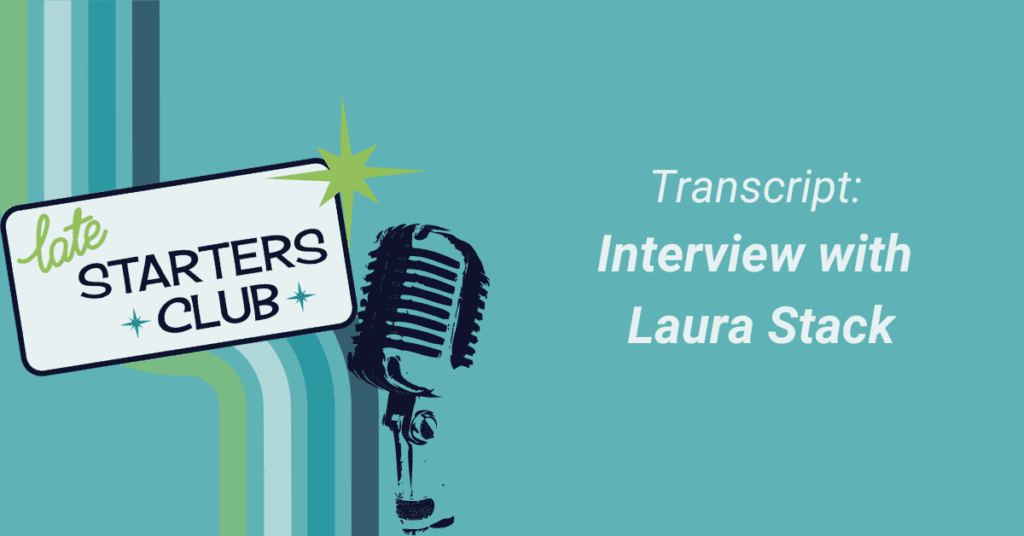
Andrea Vahl: Hey, late starters, it’s your host Andrea Vahl, and in today’s episode, I’m going to talk to my friend Laura Stack, who hadn’t planned on starting a nonprofit. She had a successful 30-year career as The Productivity Pro speaking all over the world, but when her son died of suicide due to high-THC marijuana. She pivoted everything and started a nonprofit called Johnny’s Ambassadors to educate parents, teachers, and lawmakers about the dangers of high-THC marijuana. And she pulled together all of her skills from her previous business into creating this nonprofit. Listen in.
Intro: Hello dreamers. Welcome to the Late Starters Club, giving you the inspiration, mindset, and tools you need to start something midlife and beyond. Remember, it’s never too late to follow your dreams.
Andrea Vahl: Hello, late starters. It’s Andrea Vahl your host here on the Late Starters Club podcast, and I am so excited to welcome Laura Stack. She has been known as The Productivity Pro. She’s a keynote speaker. She’s spoken all over the world. Award-winning speaker, trainer, and author.
She’s an authority on productivity, but most recently she has started a nonprofit called Johnny’s Ambassadors, and we’re going to dive into what that all is in this podcast and talk about what it is to start something new later in your life. So welcome, Laura.
Laura Stack: Thank you so much. I’m thrilled to be here and have the opportunity to chat about my journey.
Andrea Vahl: So let’s just dive in and talk about, cuz this is a big topic on how this came about, it’s a little bit different because it wasn’t something like a lifelong dream of yours to start this, obviously, but let’s…
Laura Stack: It kind of just happened.
Andrea Vahl: Yes. It has. It’s three years now, but let’s talk about what Johnny’s Ambassadors is and the movement that you are starting.
Laura Stack: Sure. Thank you. Yes. As you mentioned, for 30 years now, I’ve been a professional speaker, traveled 2 million miles, eight books, went around the world talking about time management and employee productivity, and sadly, almost three years ago, our son Johnny, at 19, died sadly by suicide. He had become psychotic, a very delusional, thought the mob was after him, thought everybody was listening to him. He was dabbing. A lot of people don’t know what that is. Using very high THC marijuana concentrates.
Where we live here in Colorado, where marijuana has been legal for 10 years and after his death, I started about six months later, a nonprofit called Johnny’s Ambassadors because we got so many parents just saying I have no idea what you’re talking about. I don’t know what dabs are. I don’t know what concentrates are. I don’t know what distillates are. So we thought, you know, as legalization is marching around the US we should work to educate parents and teens and raise awareness. About what is high THC products, what are they and how specifically do they harm our youth?
So we do not get into policy issues, legal issues, legislative issues. We just work in prevention to raise awareness around why THC is harmful for children. That’s our specific focus here at Johnny’s Ambassadors. I still speak all over . Yes. But now I speak in high schools, so I am on the road nearly full time, much busier than I ever was with The Productivity Pro and my husband John is our Chairman and CFO and he travels with me and we do about three high schools in a day.
Andrea Vahl: Wow.
Laura Stack: In the particular region, a community trying to get to thousands and thousands of them, but that’s why we call it ambassadors because we do the parent nights or parent breakfast and we ask them we say each one, reach one.
So that’s what our nonprofit is doing, and this is a totally different thing for me. After 30 years of having a for-profit organization to suddenly change gears and learn how to run a nonprofit. It’s been very interesting to say the least. .
Andrea Vahl: Yeah. Yeah. I bet. I’m sure there’s just so much to learn.
First of all, you’re learning this while you’re grieving and going through all of that…
Laura Stack: And COVID, we were alone and isolated just a couple months after he died.
Andrea Vahl: Right?
Laura Stack: Yeah, it was pretty awful.
Andrea Vahl: Yep. So you’re learning how to start the non-profit and what was that process like?
How did you learn how to set things up? How did you research all of that?
Laura Stack: You know, it’s like when you start a new business. It’s the love and the care and the kindness of all of the people whom I’d gotten to know and had relationships with. So many people helped me who had nonprofits. I didn’t know, you need a board of directors and you need an attorney and you have to file an IRS form a 1023 to start your nonprofit and all this paperwork with the state. And just the difference in terms of getting revenue for the organization. It was real easy as a for-profit, right?
You just sell somebody something and you charge them, right? That’s pretty simple, and you try to make more money than you spend. But there’s how to run a business. This is very different. You know, it’s gathering a coalition of people who will reach into their pocket personally and support you.
You know, we don’t have funding. We don’t have these huge government grants. You know, we are a small grassroots movement. So it’s taken about two and a half years and we have now 10,000 people. You know, so it’s just very different when you’re getting donations Yeah. Of $20 and $100 you know, versus, large checks that you would charge a client come out.
We do have program fees. If I go do like a speaking engagement, but most everything we provide at our non-profit is free. That’s why we’re here. We want to give the education so that other people can share it. Toolkits, videos, webinars. We have a web-based curriculum. We have a 16-page prevention magazine, PowerPoints, all these materials that we create so that we can give them to our ambassadors.
Learning that whole process. It was like starting over, right? With learning how to create a business, but a nonprofit. And there are nonprofit associations in every State. So you can get education through there. There are other clubs, that are people who are starting up.
There are associations of sorts, but usually membership sites of people who are starting nonprofits. So we did get a lot of just spending time learning,
Andrea Vahl: Yeah.
Laura Stack: In the beginning, before we really got ramped up. It took a good nine months to a year just to get ready to provide. But now we’re in full swing.
But it’s been quite the education.
Andrea Vahl: Yeah. I can’t even wrap my head around it cuz like you said, when you’re, used to “Let’s just invoice them!”, you know?
Laura Stack: How tough, you know, and now you’re like, “Can I have some money please?” . You know, it’s getting people to join your cause.
Having ambassadors, people who support your mission. Sadly it’s been a lot of parents whose children have become addicted to marijuana who have experienced mental illness, anxiety, depression, bipolar, sadly, suicide, psychosis. We have right now in one of our private support groups, 350 parents whose children are in cannabis-induced psychosis right now in, in hospitals in the United States.
It’s such a big problem. You know, it’s really the same as business. How do you, Andrea, get the word out about your products and your services? So we’re of doing the same thing. We just have to go about it a little bit differently.
Andrea Vahl: Yeah. And why don’t you share a little bit about what happens with the high THC. Because I remember when I first saw, you know, we’ve been connecting a long time obviously, but yeah, I remember when this all happened and you just having to get the word out and the line that really stuck with me was, “This is not your mother’s marijuana” or whatever.
Laura Stack: Or your weed.
Andrea Vahl: Yeah.
Laura Stack: I had no idea, you know, really when my son at 14 years old came to us and said, you know, there was marijuana at the party and all the boys wanted to get high. And I tried it and in my head I thought to myself, I didn’t say this to him, but I said, You know, it’s just weed, I used it.
What’s the big deal? You know, I’m fine cuz I used it when I was in high school. I’m 53 now. This was like, I was 17 or 18 years old. I had never used it again after that. So I wasn’t in the marijuana culture. I had no knowledge of how the plant had changed, you know, gone from 1-3% during Woodstock, you know, 3-5% THC per gram in the flower.
Very low potency. But then in 2000, they started cultivating it, modifying the plant genetically. So today, for example, in Colorado, you can walk into a dispensary and buy 20%, 30% THC in the plant. And many people have no idea that the flower has become potent. Anything defined over 10% THC per of flower is considered a high-potency flower. But then they decided that wasn’t good enough. No. They started to extract the THC out of the plant and just use the chemical to concentrate it and make these really crazy, potent products similar to how you can take cocaine and make crack. , they take marijuana and make crystalline and shatter and wax and sugar and resin and all of these 80, 90% potencies.
The kids are really into vaping. We’ve had a statistically significant increase in THC vaping. We’re not talking about nicotine and e-cigarettes and juuls here. We’re talking about 80, 90% oil distillates inside of dab pens, edibles, you know, a gummy bear of this big can have 10 servings, 50 milligrams of THC in it.
So a serving size might be an ear off a gummy bear. So there 50 Woodstock joints is one of the joints today. So people can’t really wrap their heads around how different of a drug this is. And it’s dose-dependent and so it has greater effects. And unfortunately, the developing brain at 14, 15, 16, 17 is right when these kids are wanting to experiment in high school.
And because of the receptor that THC binds to called the cannabinoid one, CB one receptor, that’s very rich in the prefrontal cortex. When THC gets in there, instead of our natural endocannabinoid called anandamide, it actually changes the development of the brain. MRI studies show that there is a thinning in the prefrontal cortex of youth who use marijuana between those very critical ages.
If I could make it illegal until 25 instead of 21, that’s when I would do it, because that’s about when the brain stops forming. So we’re trying to get teens to wait, right? Just delay until your brain is formed. And this is all brand new research. People just go, Oh, reefer madness. This isn’t, that’s not true.
They haven’t stepped back and actually done any of the research and reading the new materials. So that’s what we’re trying to do is just raise awareness and let teens know there’s no safe level of THC in your brain and to try to get them to wait.
Andrea Vahl: Yeah. Yeah. It’s just
Laura Stack: Nobody’s heard of dabbing. You know?
Andrea Vahl: I know. And so
Laura Stack: you say dabbing and parents are like, I have no idea what you’re talking about.
Andrea Vahl: I don’t know what that means. Yeah. And actually, why don’t you show what that even looks like? Is it the pen? Is it what you know, obviously edibles are, you know, clearly, but what is it. Are all pens, dab pens?
Laura Stack: If it’s a THC pen, there’s all kinds of, hundreds and hundreds of devices. So some pens. If you hear a teen saying, “Hey man, we’re going to go rip a pen on the bus.” They’re talking about a dab pen. So you can buy, for example, Carts, they’re called cartridges. That are prefilled with THC oil distillate. A gram about 80%. So there’s about 800 milligrams of THC in a prefilled cartridge that they would pop onto the back of their dab pen. Yeah. And every time they hit it, they’re getting about four milligrams. So it’s equivalent of a joint. Just one hit one second off one of the p ens from when we were kids.
So they can fill them, they can buy them pre-filled, There are disposable vape pens. They can put the oil instead of in a pen. They can put it in an edible of all kinds, candies, cookies any kind of draw a drink. They make drops. So all. They’re all distilled products. They’re all extracted. They throw the plant matter away.
And they just use the chemicals. And the concentrates are even more strong. That’s why we’re trying to get people, We use hashtags, stop dabbing. With the teens cuz they think it’s that bad dance move. But the teens know what it. Yeah, you have any teen?
Andrea Vahl: Yep.
Laura Stack: About dabbing and dab pens, but it can also be done with a rig, a banger, a nail, a spoon, a straw, anything metal.
And you use a butane blow torch and you heat up the metal. until it’s red hot and you just tap that little dab of concentrate onto that metal and it vaporizes those fumes. There’s no smoke cuz there’s no organic matter.
Andrea Vahl: And it’s crazy cuz we don’t know, you know. That this wasn’t around when we were younger.
Laura Stack: No.
Andrea Vahl: And so it’s all new and you know, I think people have that mentality. It’s just weed,
Laura Stack: I did and I was very wrong. I was very wrong.
Andrea Vahl: Yeah. Yeah. Now tell a little bit, I’m in the Johnny’s Ambassadors group obviously, so I hear, I see some of those stories coming through.
Laura Stack: Yeah.
Andrea Vahl: And it’s just so heartbreaking. Yeah. So share like a little bit about what ends up happening. I know that there were some signs Johnny was talking about , things that were going wrong with his mind, tell us a little bit about how that appears.
Laura Stack: Most parents, you know, their kids tell ’em they’re using marijuana and they have of the same reaction. “Eh, you know, it’s just weed.” But now because of Johnny’s Ambassadors, I think we’ve really raised the level of awareness. I’ve done a ton of media. I was on Dr. Phil, New York Times, you know, Wall Street Journal, PBS.
I’ve been on a ton of media thanks to my previous training as a professional speaker. So I think it’s the awareness of it is starting to change. And then people Google “my kid is using marijuana” and they come across us and then, you know, like our Facebook page has 2500, 2600 members already.
. And so they start to learn, Oh, so what I’m seeing with my child, it’s not just normal teenage irritability, they start to see a motivational syndrome, withdrawing from friends, from activities, their memory is going down. They’re not wanting to go to school, they’re not sleeping well, they’re depressed, they’re anxious, they’re taking a lot of hot showers, sweating, problems with appetite, nausea, mysterious stomach problems. Feeling like people are watching them or people are after them.
So all kinds of symptoms from this that they overlook initially, not understanding it’s caused by the marijuana use. Right, And otherwise would not have had these bizarre kind of symptoms. And then they find us and their like “oh my gosh. It’s the marijuana” and then it becomes the race is on, you know, to get your child into treatment and get them off of the marijuana, which takes, it takes an entire month.
Marijuana is fat soluble, so it stays in your blood for up to three to four weeks. So your own natural chemicals have been depleted during this time, so they feel. Really crappy. Most teens have to go detox in an inpatient residential center just to get through it cuz it’s very hard to quit on your own.
So Johnny, unfortunately, started thinking the mob was after him and started thinking that his university was an FBI base and got. Just really paranoid. And sadly, he wrote in a journal just a few days before he died that everybody knew everything about him and the mob was after him. So he just, we believe, had some sort of break with reality delusion.
But he told me three days before he died, he said, Mom, I just want you to know you were right. And I said about what we were having dinner here, he said about the marijuana, you told me that it would harm my brain and it’s ruined my mind and my life and I’m really sorry and I love you. And three days later he was gone.
So it’s just been. A horrible, tragic situation, but I think in my heart it was a hundred percent preventable. I didn’t know and I just cannot sleep unless I let everybody I can know that marijuana is not harmless. You know, it is not this benign substance for children. I don’t care if you’re 65 and you’ve been using it for all these years and you take gummies to help you sleep, that’s not what we’re talking about.
We’re talking about children, youth, teenagers, young people using marijuana as a party drug. They just use it to get high. There’s nothing medicinal about any of the things that the kids are using it for. It’s not that they’re self-medicating. They weren’t depressed. It’s the biggest party drug there is.
It’s very easy to get. At 18, you just say you’ve got some kind of migraine or backache boom, you’re in, you get your med card, you go legally buy the stuff from a legal dispensary and then they go sell it to their peers. I know because we got into Johnny’s phone after he died and found out he was a big drug dealer and he was, he got a med card at 18 and he was selling it.
Andrea Vahl: Yeah,
Laura Stack: Right down the road, five minutes from us at the high school. So people are just really snowed. They just really don’t understand what’s going on. They haven’t been around a high school in the past few years.
Andrea Vahl: Yeah, for sure. And I think that’s, that is why it’s so important that you’re doing this work to get the word out because
Laura Stack: Yeah.
Andrea Vahl: I talk to my mom friends and tell, you know, tell and no one knows. People don’t know. And it’s so critical and it can, happened so quickly. I was, yeah. kids from zero to, to,
Laura Stack: To, you know, and not every kid’s going to become psychotic. Johnny, it took four years before he started having these really bizarre thoughts, and he would stop using marijuana and he would be fine. He would be sober for three or four months at a time, and all of the symptoms would go away and he would return to normal, but then it was just so addictive. He would just go right back to it. Try another school, find another circle of friends, start using it again, and he did this three different times where he was sober and then not sober. Not sober, not, and then when he finally took his life. So we just really have to let people know this is real. It’s everywhere. , doesn’t matter if your state is legal or not. If there’s any kind of. Even in states where it’s not legal, you just go to the next state.
They’re just driving across the border. You know, you can get it delivered. It’s crazy. You can, you know, get marijuana products mailed to you. There’s Delta-8. They go to gas stations and smoke shops and buy these products that are flying under the radar of the Farm Bill of 2018 and they’re saying, Oh, they’re legal because they’re derived from hemp, but they’re chemically manipulating the molecules and it is psychoactive.
Delta-8 THC is, this is psychoactive just like Delta-9 marijuana products are. So we just have to continue to sound the alarm and would welcome anyone who knows a youth who’s using marijuana to please visit our website, johnnysambassadors.org and just get some information. There’s a lot of research there videos that you can watch, and I think you’ll be shocked.
Andrea Vahl: Yeah. So that’s awesome. And we’ll have those links for sure in the show notes for everyone and in the, you know, wherever. Watching this for sure. So this has been so important.
Let’s talk about how it’s all started with the non-profit and what did you do to like, where did you start with this monumental task? Did you just…
Laura Stack: I found a board of directors.
Andrea Vahl: Yep.
Laura Stack: Found an attorney. Started filling out the paperwork. Yeah. You know, you just have to take it one step at a time. You know, make a couple phone calls, talk to people who have done it. They give you advice. You do what they say. . Yeah. And it starts to come together.
Andrea Vahl: Did you have any unexpected obstacles that came up with starting this? I imagine you’re such a force of nature. I imagine you just plow through anything that…
Laura Stack: You know, I haven’t had any obstacles. I really feel like this is a mission. This is what I, unfortunately, believe I was supposed to be doing and why I did all the 30 years before, because, you know, I have the experience, I know events and branding and media and social and so for me, fortunately, you know, I think people should just take what you know, you know, and apply that and use your strengths and use your talents and bring it to another area.
I haven’t, you know, had any obstacles everything has pretty much just fallen into my path and I think that’s the result of a lot of hard work that I did the 30 years prior, but it made it, this is a business. , ultimately everything we do with the website and with marketing and with trying to get our branding out into the market, all of that is, is just like any other business. It’s just, it’s different. Just in the sense of where your money is coming from.
Andrea Vahl: Yeah.
Laura Stack: You know, asking people, individuals, organizations, schools, your community for funding to support your mission. And of course, you know, a ton of my own money , but that’s to be expected when you’re the owner of a nonprofit. But it’s been a great journey so far and I’ll be really excited to see what happens in the next two years.
Andrea Vahl: Yeah, cuz you’re working so hard to reach so many people and it feels like it just takes on life of its own. People start sharing and things like that.
Laura Stack: And it just takes off,
Andrea Vahl: keeps growing with the great mission. I like so appreciate we, you know, normally it’s funny because, you know, sometimes I’m asking questions that on this podcast, but this has been such a different start for the way you’ve started it and it’s
Laura Stack: Yes.
Andrea Vahl: You know, of course, no mom would ever wish.
Laura Stack: No,
Andrea Vahl: To have to start something like this, but I hope that with your work you can get out there and, prevent a lot of other heart heartaches for parents and families.
Laura Stack: Thank you. That’s what it’s all about. We are just trying to prevent other teens from following Johnny’s path and really educate on what that looks like.
, I wrote a book, “The Dangerous Truth about Today’s Marijuana, Johnny Stack’s Life and Death Story” that’s on Amazon. . And by reading the story, you know, we want parents to go, Wow. Like my kid, the same thing is happening. And to keep us from losing any more precious children like Johnny. I just, if I’d known then what I know now.
And I believe with all my heart if it hadn’t been for his marijuana use, he would still be here. The problem is it’s everywhere, you know? And the kids. It’s going to be at every high school party, every college party. And we really need to give the kids the information. You know, the whole “Don’t do drugs. Drugs are bad.” That does not work. They want to understand what happens to my brain. They like understanding the science and the neurology and tell me how it’s impacting me and they’ll let me make my own decisions, you know? So that’s how we approach it, that it’s information for them as they are making these important choices in their lives.
And we know that it’s working, you know? Yeah. We get a lot of people who reach out to us. We have a lot of Instagram, a lot of teens who are sharing our pictures and videos. And we’re just going to keep at it. You know, I’ve got another good 25 years ahead of me to keep on this path, and hopefully, it’s not going to take another 60 to a hundred years like it did with tobacco before we people realize that it Oh, it is harmful.
Andrea Vahl: Yeah, that’s, yeah that’s great. And I just love your energy around this and how you’ve tackled it. And it is such a gift, all your past experience that you’re bringing into this, so that’s wonderful.
Laura Stack: Yes, and thank you so much.
Andrea Vahl: So I also like to have people share a quote or something that inspires them and I’d love to hear we had talked in, you have a quote that keeps you going and I’d love to hear that.
Laura Stack: Yes, I use a quote in my email signature, it’s just something I happen to say to somebody randomly one day at an email. I said, “I have to forge ahead despite my pain and give some meaning to my loss.” And she highlighted that cuz it was just buried in an entire paragraph. And she said, You know, I think this is really what this is all about.
That, you know, it’s healing for me. To do this work because I can’t imagine what I’d be doing if I, you know, would I still just be in bed in a fetal position? I, you know, this helps me by helping other people and every time we have a new person join us, we ask them to do the same thing, you know, to forge ahead and give some meaning whether their child is addicted or they’ve lost their child, or they’re in they’re having mental health issues that they now are joining us as ambassadors and sharing.
And it’s hard to stick your neck out there, you know, and you have to have a really thick skin. When you have something controversial and so polarizing, like youth marijuana use people will come at you. And so you do have to be prepared for that. But knowing that it changes lives, that it’s saving people, that it’s making a difference is far more important and more valuable than anything I’ve ever done in my life.
So this is definitely a worth the effort.
Andrea Vahl: That’s awesome. Thank you so much Laura and everyone, go check out the website, johnny’s ambassadors.com. There’s org, Yeah. or.org. I’m sorry, I knew that. And i.org and please, you know, contribute to this meaningful cause because it’s so important for our children.
As a mother I have a 20-year-old and I cannot imagine losing a child that young, it would just be devastating
Laura Stack: Forever 19.
Andrea Vahl: Yes. Yeah.
Laura Stack: Thank you and I appreciate you having me on. I know it can be a contentious topic, but even people who are for marijuana legalization that’s fine, but I think all sides do agree that’s why we have a 21-year-old age because Youth marijuana use is not safe. And we should all be discouraging young people from using it.
Andrea Vahl: Yeah. Awesome. Thank you, Laura. Thank you so much.
Laura Stack: Thank you.
Outro: Hope that was helpful. And make sure you grab the free guide, Top Tools for Late Starters on the website at latestartersclub.com, and let’s turn dreaming into doing.
Join the conversation.
Let us know what you think about this episode.
Never miss an episode.
Subscribe to the podcast
You may also enjoy…
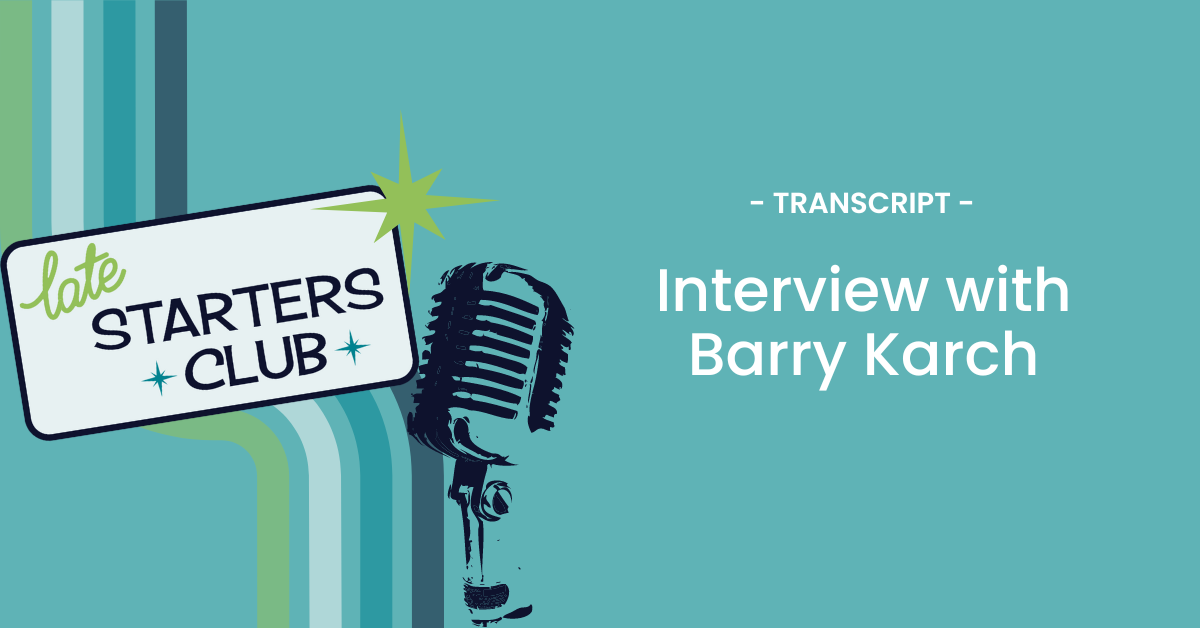
Ep170 Transcript: Finding New Motivation with Barry Karch
Finding New Motivation with Barry Karch Andrea Vahl: It's never too late to restart something you loved. My guest today, Barry Karch, started training for a marathon after a 20 year hiatus. And we'll also dive into how he climbed the equivalent of Mount Everest...
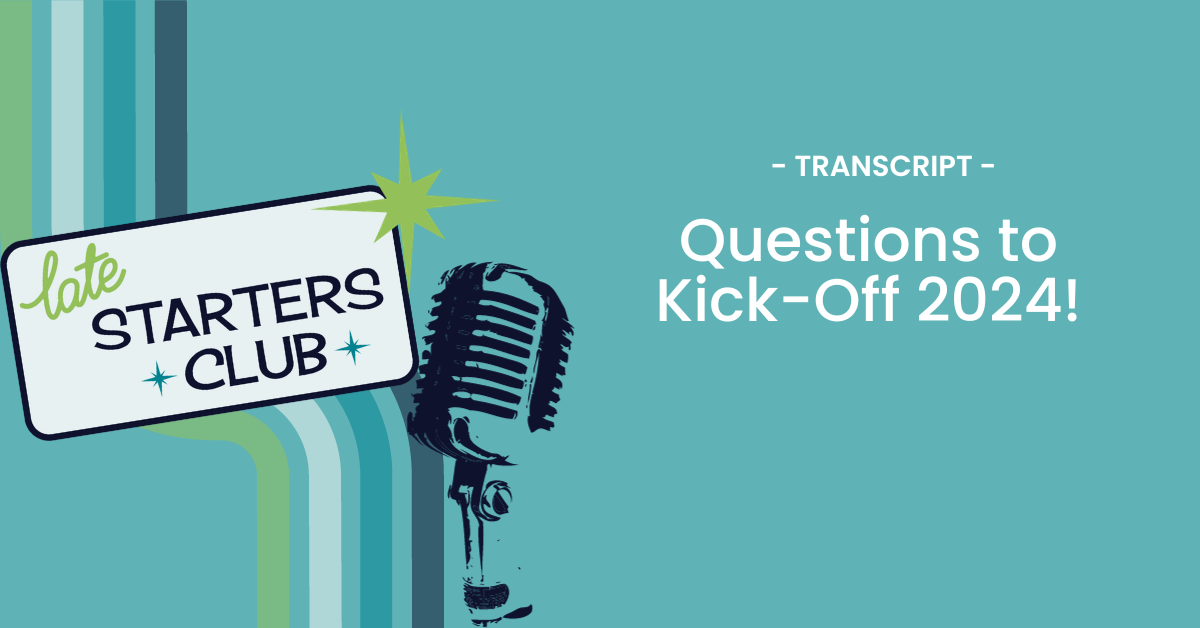
Ep169 Transcript: Questions to Kick Start 2024
Andrea Vahl: Oh, happy new year. Yeehaw. 2024. All right. I don't know about you, but I love planning out my year and setting goals and really reflecting on how my past year went and being super intentional about what I want the next year to look like. In today's...
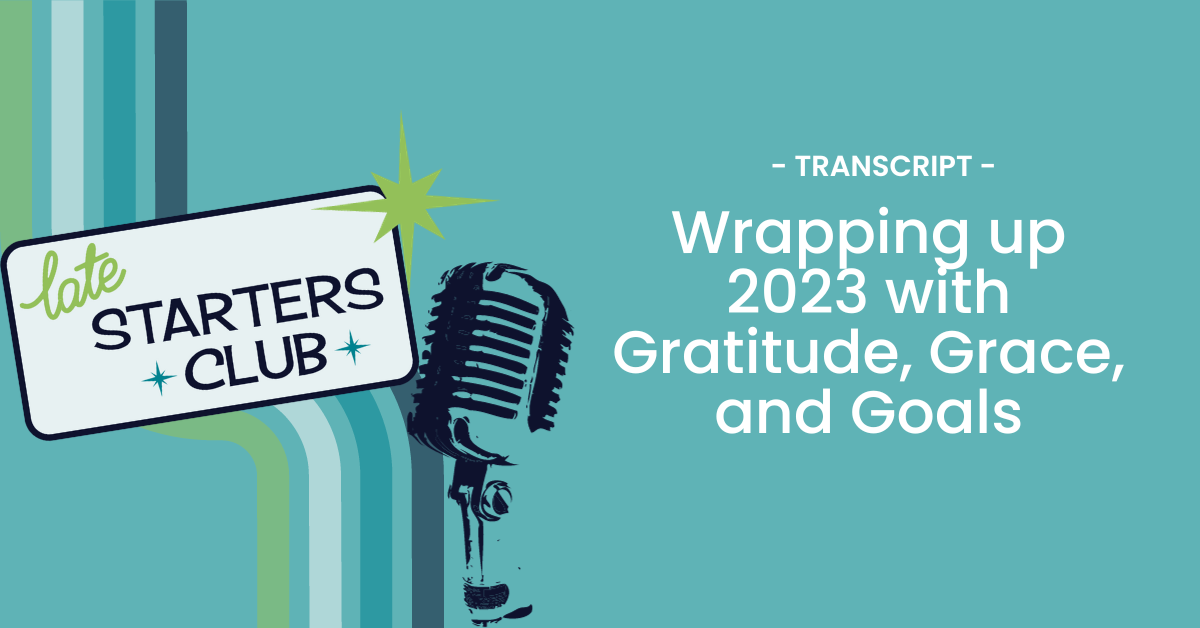
Ep168 Transcript: Wrapping up 2023 with Gratitude, Grace, and Goals
Hello, late starters. It's your host, Andrea Vahl And today is Christmas day. And if you do celebrate that Merry Christmas, if you celebrate some other holiday, I wish you all the best and all the joy for that. I just wanted to make a different episode. So today we're...
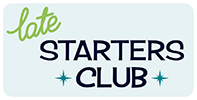
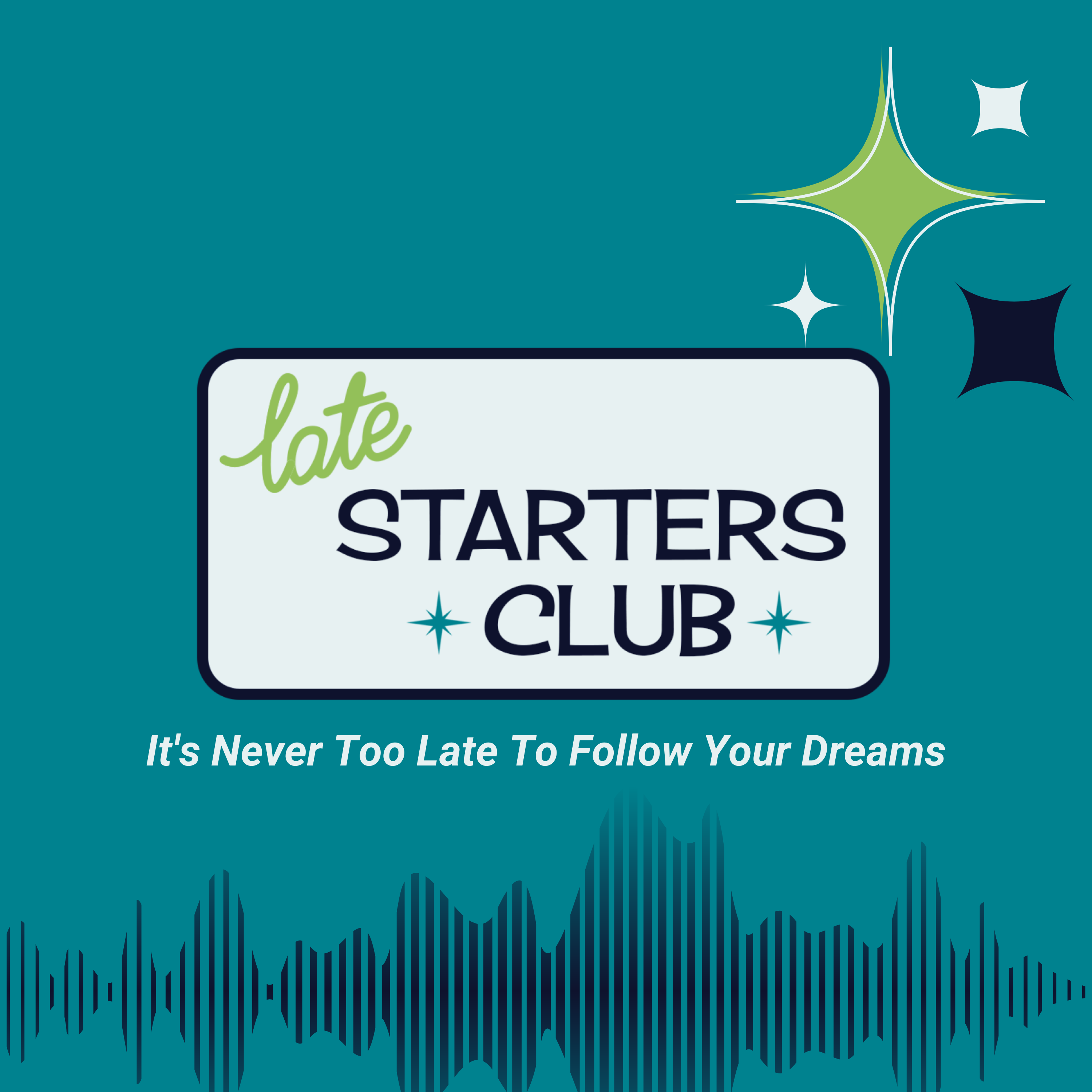
0 Comments